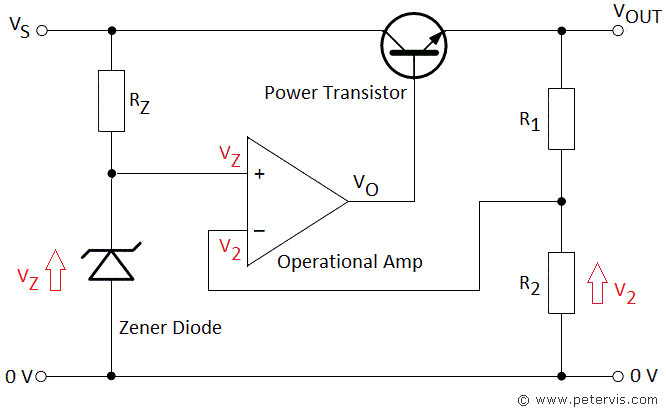Hi,
I have a question on my course which is:
1) FIGURE 3 (on page 7) shows a PIR (passive infra-red) detector and its associated amplifier, as used in burglar alarm systems1.
a. The detector is powered from a 12 V unregulated supply that needs to be stepped down to 5 V. Design a suitable 12-to-5 V voltage converter using an op-amp and a diode that has the forward characteristics given in FIGURE 3(b).
I have designed a shunt regulator using an op-amp and a transistor which works when I simulate it. I can vary my R values in the potential divider element and change the diode sizes to multiple combinations which all give me the 12 to 5V regulation.
What I am struggling with is what the graph below is actually telling me, and how I relate this information to selecting a diode size?


Thanks,
Moderators note : uploaded pictues to the forum as the direct linking did not work
Please upload to the forum in stead of trying to link next time
The complete question is on this page:
https://www.chegg.com/homework-help...associated-amplifier-used-burglar-a-q25446280
I have a question on my course which is:
1) FIGURE 3 (on page 7) shows a PIR (passive infra-red) detector and its associated amplifier, as used in burglar alarm systems1.
a. The detector is powered from a 12 V unregulated supply that needs to be stepped down to 5 V. Design a suitable 12-to-5 V voltage converter using an op-amp and a diode that has the forward characteristics given in FIGURE 3(b).
I have designed a shunt regulator using an op-amp and a transistor which works when I simulate it. I can vary my R values in the potential divider element and change the diode sizes to multiple combinations which all give me the 12 to 5V regulation.
What I am struggling with is what the graph below is actually telling me, and how I relate this information to selecting a diode size?


Thanks,
Moderators note : uploaded pictues to the forum as the direct linking did not work
Please upload to the forum in stead of trying to link next time
The complete question is on this page:
https://www.chegg.com/homework-help...associated-amplifier-used-burglar-a-q25446280
Last edited by a moderator:



